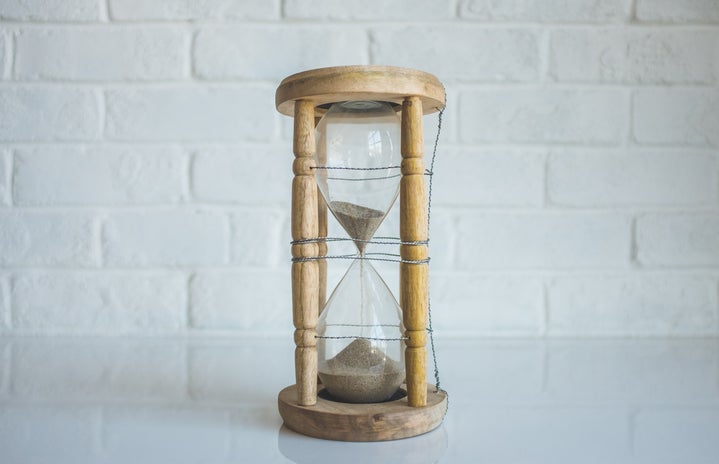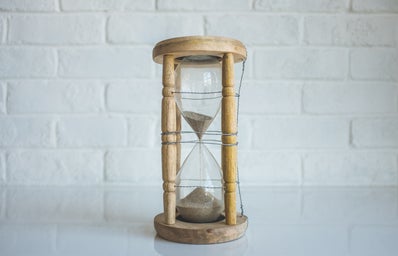By Audrey Kong
Many people love to get their nails done. It’s like entering a sanctuary where you can leave feeling just so much better, especially after a rough day. But what really happens to your nails every time you get them done? What if with every trip you’re just damaging your nails so much that you’re ruining any possibility getting them done ever again in the future down the road? This is why it’s important to choose wisely when it comes to deciding what type of manicure (or pedicure) you’re planning to get done to ensure that there is a next time.
Who doesn’t love to get their nails done? Instead of grinding with short, stubby, uneven nails, why not opt for perfectly colored and shaped nails? For all manicure virgins and veterans here’s the real deal on all the different types of manicures and how much damage they do to your nails.
1. Basic polish
Photo Credit: PopSugar
This is the kind of nail polish that everyone knows — it’s basic and probably the one most people start experimenting with. Holistically speaking, applying the basic polish isn’t that detrimental to your nails. The only drawback lays in how long it lasts, even if one ferociously coats multiple top coats. The basic polish, which can be applied both at home or at a professional salon, only lasts for about a week before it starts to chip and fade away.
2. Gel polish
Photo Credit: Redbook
Gel polish is a hard coat of chosen color that can be applied to real or fake nails. While they may last longer, about four to six weeks before they start to chip, they need to be professionally removed by an electric file before being soaked in acetone. The removal process of gel polish is already a telltale sign that this type of manicure is more rough on the nails as when you’re removing the gel, layers of your real nail are chipped away as well which may leave one with peeling and/or breaking nails.
3. Shellac
Photo Credit: Pinterest via Iva
Although normally referred to as just “gel,” shellac nail polish is usually what is being applied in a gel manicure. Shellac is less hard than actual gel polish; it’s a hybrid of gel and basic nail polish that is hardened under a UV light and soaks off with acetone. Shellac usually lasts about a month before it starts to chip. Proper removal of shellac polish is the key to your nail care. If the polish is ripped off like a piece of tape, layers of the nail are being ripped off as well. Shellac nails should be soaked in acetone before being rubbed off either done professionally or done at home with a filer.
4. Acrylic
Photo Credit: Pinterest via Koees Q&A
Acrylics: the key to Kardashian-style talon nails. These nail extensions use a combination of liquid and powder is applied to your nails and the false tips that are glued on to create a hard layer on, which usually shellac, is then applied on. The beauty of acrylics is that they are much stronger than your nails would be at that length. They last for about three weeks before one either needs to get refills or a new set. When removing acrylics, take extreme caution or run the risk of ruining your nails. It’s probably better getting a professional to remove them, Since your nails are filed before the application of acrylics, the nail is extremely thin and improper removal could damage your nail for months.
5. Dip powder
Photo Credit: Sparkle & Co.
Dip powder is applied by dipping the nail into the jar of your chosen color after a coat of base and sealant. The powder only sticks to the sealant, hence it not only can be applied relatively quickly compared to the other manicure types but is also more precise as long as the sealant is applied neatly. Just like gel and shellac, dip powder lasts for around a month but can be slightly harder to remove when soaking in acetone as powder clings to the nail more. As of recently, many nail salons have been promoting the dip powder as opposed to all the other kinds of manicures as it supposedly is healthier for the nails.
In the end, just take caution in the removal of whichever manicure you choose. Please don’t rip anything off of your nails or else you’ll have to face stubby, naked nails for months while they heal.
Want to keep up with HCBU? Make sure to like us on Facebook, follow us on Instagram, check out our Pinterest board, and read our latest Tweets!


